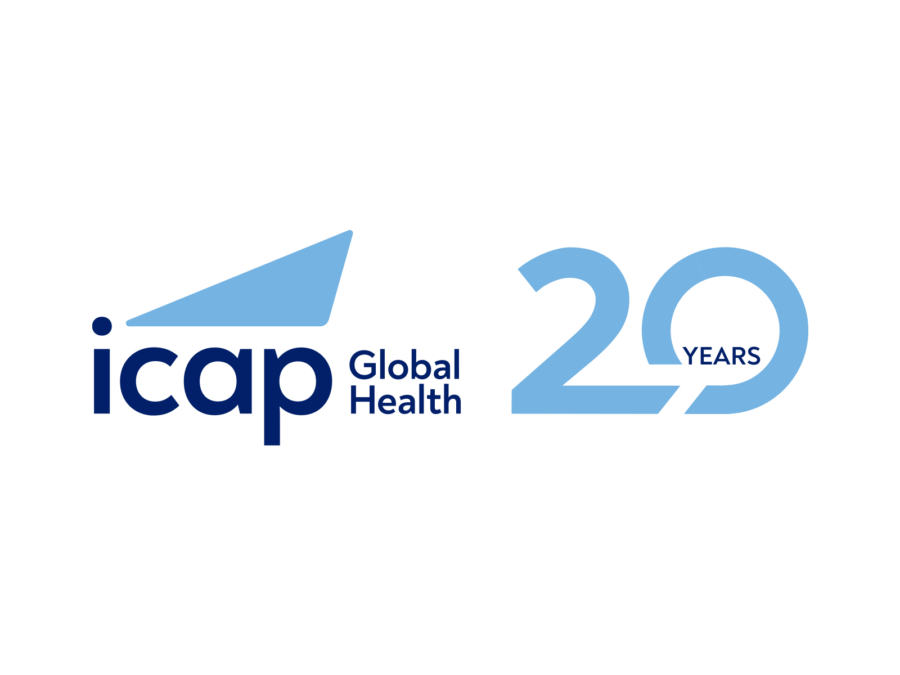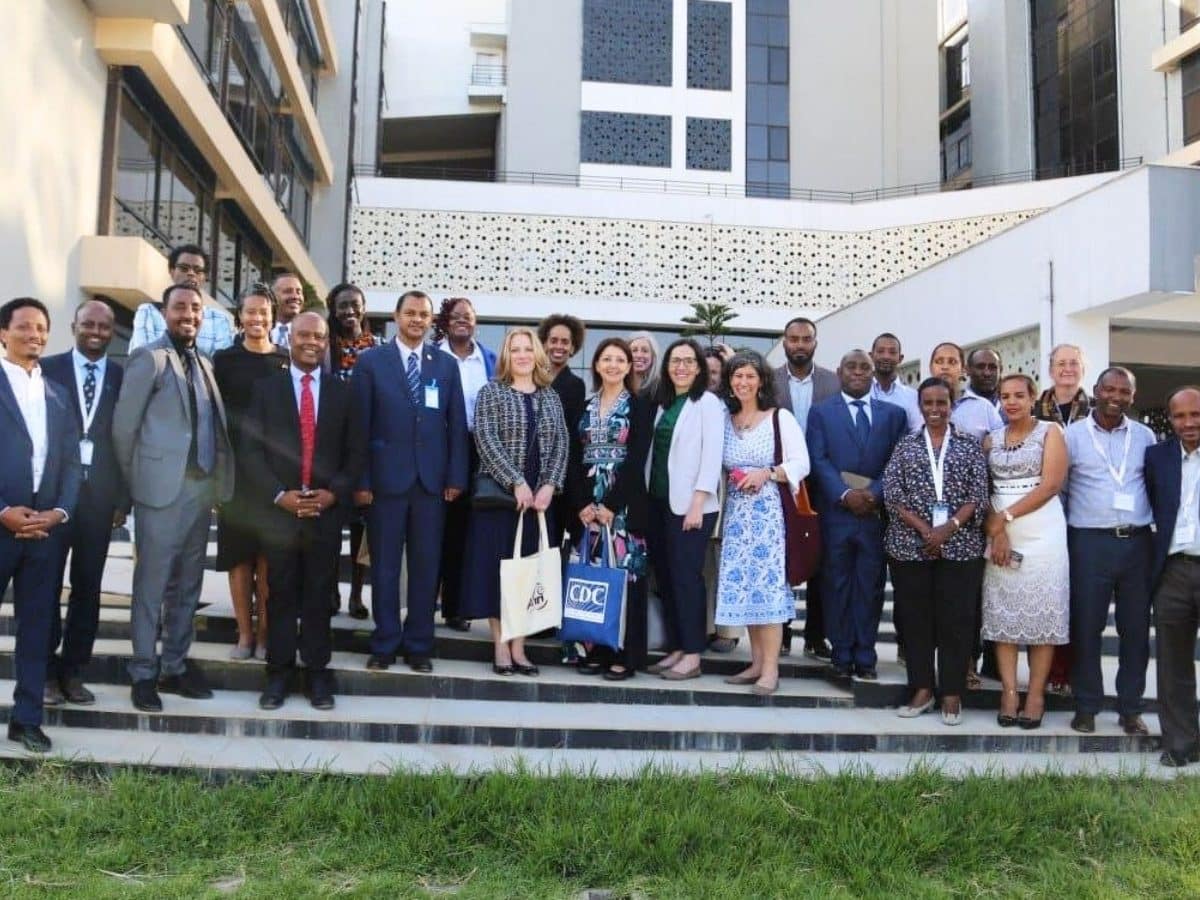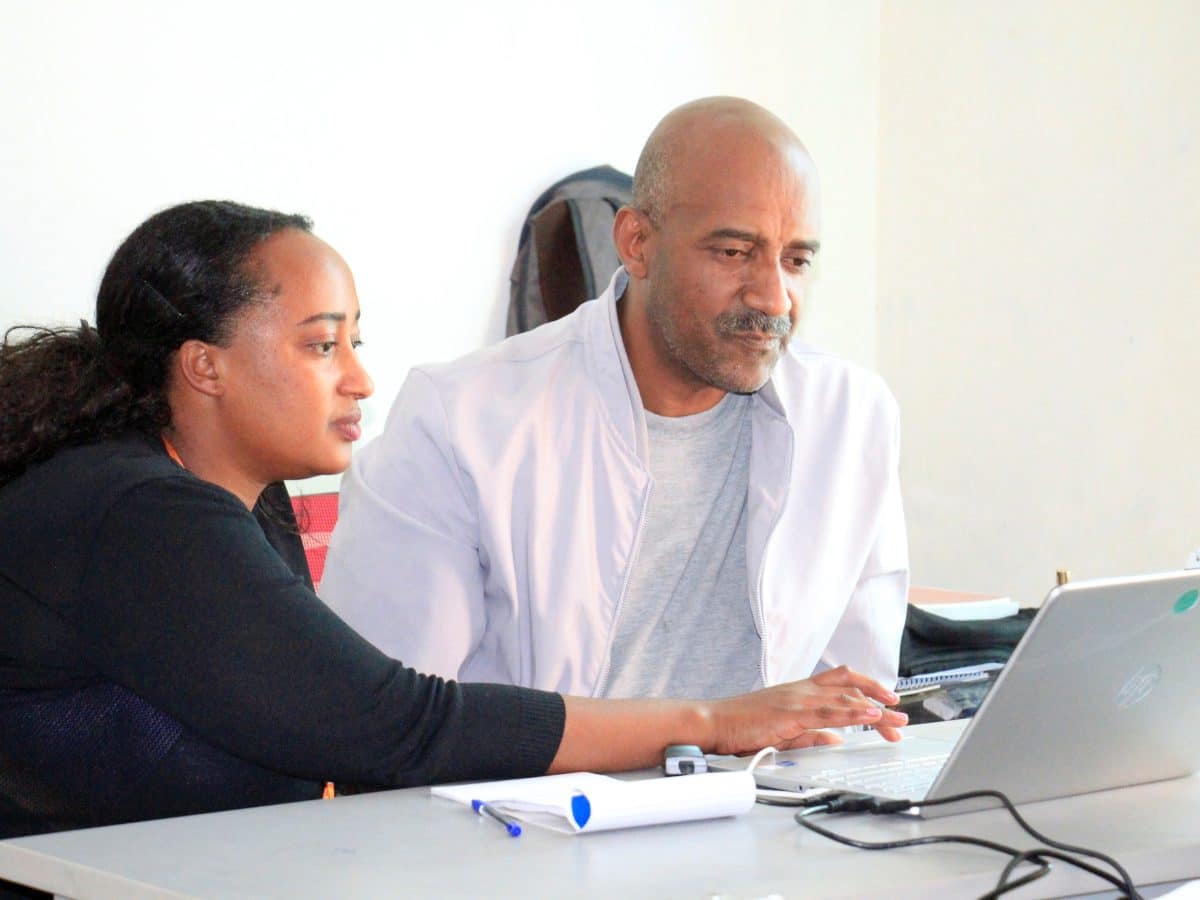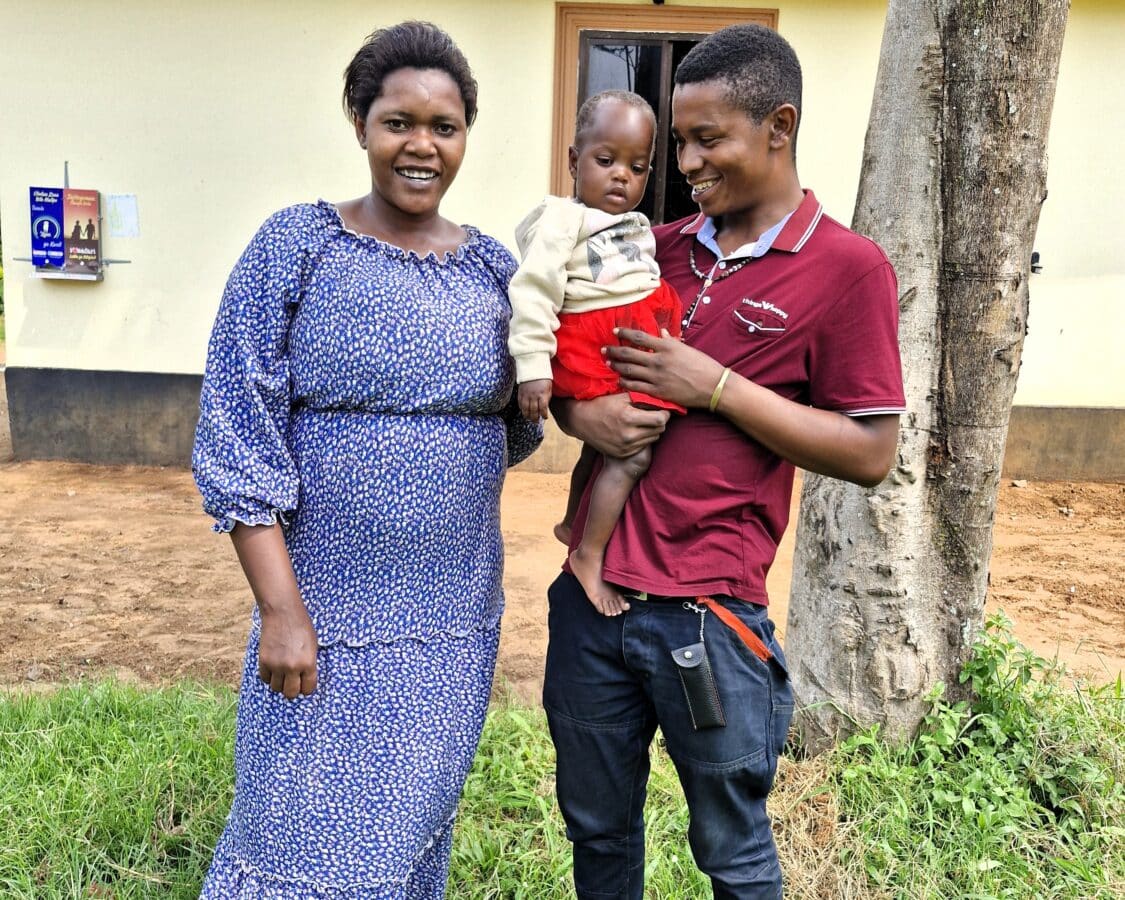The first Population-based HIV Impact Assessment survey results, released in late 2016, demonstrate the remarkable progress that has been made confronting the HIV epidemic in Malawi, Zambia, and Zimbabwe. The survey results also provide some of the first national HIV incidence estimates based on household-level data collected in these countries. The importance of this type of data and the feasibility of conducting such studies was first demonstrated by an earlier project, the 2011 Swaziland HIV Incidence Measurement Survey (SHIMS), the results of which were recently published in The Lancet HIV. Based on the success of this ground-breaking survey, a second initiative—SHIMS 2—is now being implemented in Swaziland, one of the countries hardest hit by the HIV epidemic.
SHIMS 1, led by the Swaziland Ministry of Health and conducted by ICAP in close collaboration with the Centers for Disease Control and Prevention, aimed to measure the effect of scaling up national HIV prevention and treatment programs in Swaziland. This prospective, HIV-focused survey included a nationally representative sample of over 18,000 adults who received home-based HIV counseling, provided blood samples for rapid HIVtesting, and were interviewed about demographic, clinical, and behavioral topics. Follow-up, home-based HIV testing was repeated approximately six months later for HIV-negative individuals to see how many had seroconverted. While most estimates of national HIVincidence are based on mathematical models, SHIMS 1 used the ‘gold standard’ of prospectively observed HIV seroconversions. In Swaziland, HIV incidence in 2011 was 2.4 percent, the highest known national HIV incidence.
SHIMS 2 is part of the PHIA Project surveys, which use a cross-sectional design instead of a prospective design. “SHIMS 1 gave us a baseline to think about how to scale the PHIAsurveys,” says Dr. Jessica Justman, ICAP technical director and a principal investigator of SHIMS 1, SHIMS 2, and the PHIA Project. ICAP’s experience implementing SHIMS 1 and the systems that were put in place for that survey have informed the approach to protocols and consent forms for PHIA and SHIMS 2. The Kenya AIDS Indicator Survey (KAIS) has been another important resource for the design of the PHIA surveys.
SHIMS 2 is also capitalizing on institutional knowledge gained during SHIMS 1, employing some of the same staff members from the first survey. Nozipho Ndlovu, a study coordinator for SHIMS 2 who worked as a nurse team leader on SHIMS 1, says, “All the efforts paid off as SHIMS 1, which was a first of its kind in the country, became a success. I am proud to have my name on the list of those who contributed to the success.”
The PHIA surveys, including SHIMS 2, are measuring HIV incidence, prevalence, and viral load, and are taking advantage of technological advances that have occurred since SHIMS 1 ended. “Before, to measure incidence, we needed a tube of blood from at least two points in time to tell if someone had acquired a new HIV infection. But the advances in HIV incidence testing technology allow us to take one tube of blood at one point in time, from one household visit, and categorize the sample as compatible with a recent or chronic infection,” says Dr. Justman. This is why PHIA surveys are conducted as cross-sectional studies.
SHIMS 2 is being conducted concurrently with PHIA surveys in Lesotho, Tanzania, and Uganda. Preliminary results from SHIMS 2 and these three PHIA surveys are expected later in 2017. The results of the PHIA surveys will not only provide a “report card” on the status of the HIV epidemic in each country, but will also play “a vital part in HIV care and prevention. The study will assist in planning and/or strengthening existing HIV prevention programs,” says Ndlovu.
While SHIMS 1 provided a baseline for directly measured HIV incidence in Swaziland and the preliminary PHIA results show progress in Malawi, Zambia, and Zimbabwe, there is still work that needs to be done. “These countries are heavily affected by HIV and they need continued resources in order to keep going in the right direction,” says Dr. Justman.








